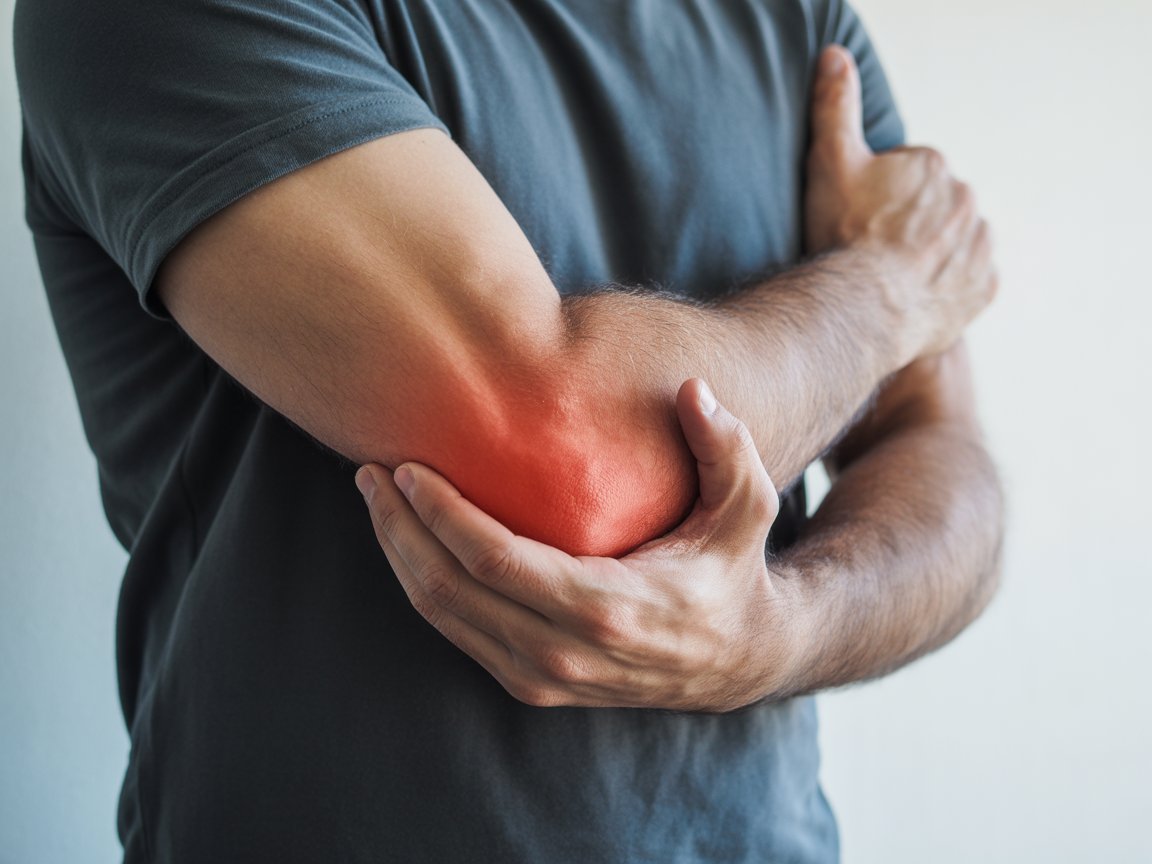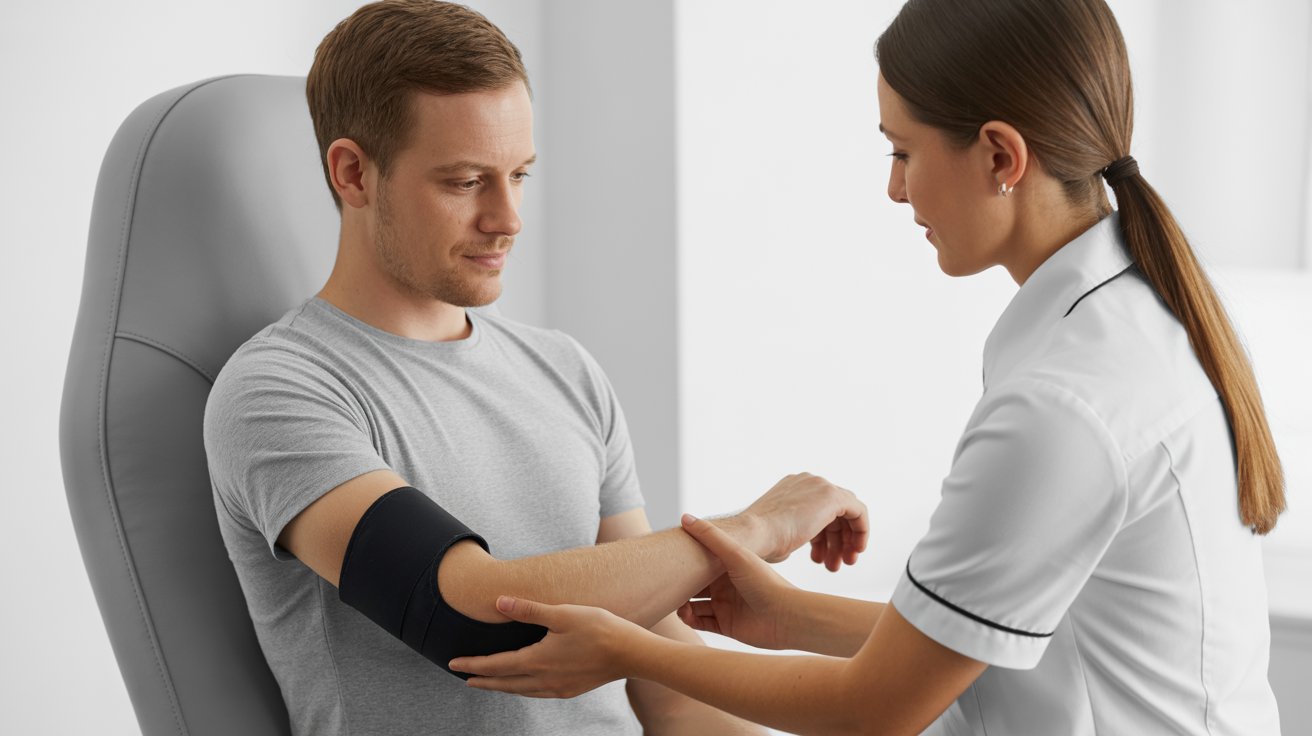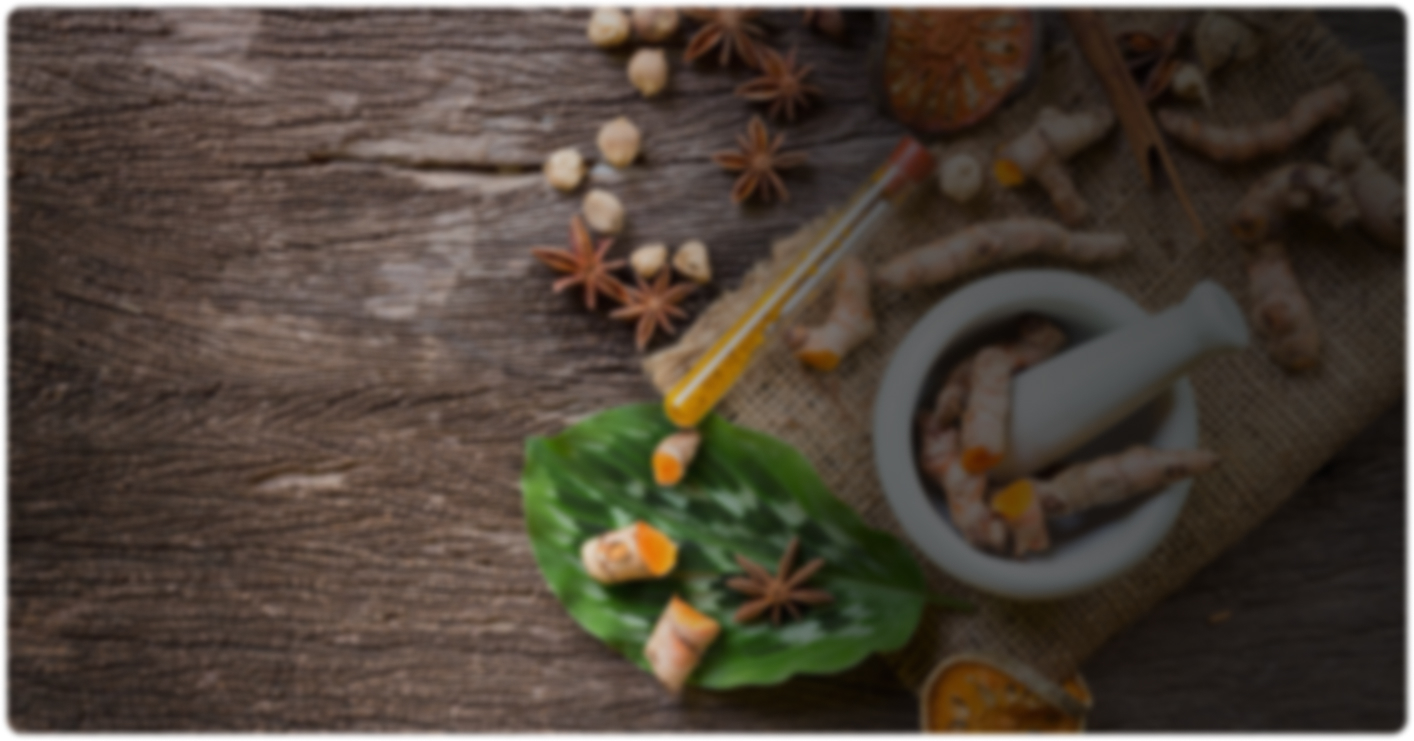
What is Tennis Elbow?
Tennis elbow happens when the tendons on the outside of your elbow are worked too hard and start to get sore. It’s not only a sports injury. People who do the same arm movement over and over can get it. That could be a painter holding a brush all day, someone lifting boxes at work, or even a person who types or uses tools for long hours.
The pain is felt right on the outside of the elbow and often travels down into the forearm. You notice it most when you pick something up, shake someone’s hand, or even hold a mug. Over time, your grip can feel weak, and your arm feels stiff doing simple things.
Catching it early makes a difference. Rest and proper Ayurveda treatment for Tennis elbow in Kerala can stop it from becoming something you live with for months.

Heal Tennis Elbow Naturally With Ayurveda
The muscles and tendons on the outside of the elbow have been used too much and have become sore. Instead of just giving a painkiller and sending you home, the focus is on settling that soreness and helping the area heal properly with Ayurveda for tennis elbow treatment.
Ayurveda treatment for Tennis elbow in Kerala starts with rest. The arm is given a break from whatever repeated action caused the trouble. Warm herbal oils are often used and massaged slowly into the elbow and forearm to ease tightness and improve blood flow. Some treatments include applying a thick herbal paste over the joint to cool the area and settle the inflammation. These steps are done over several sessions, so the benefit builds up.
Along with external care, Ayurvedic medicines for tennis elbow in Kerala are sometimes prescribed to help the tissues heal from within. Food advice is also given—eating light, easy‑to‑digest meals and avoiding foods that trigger swelling or stiffness. Over time, this approach can reduce pain and bring back movement without depending on quick painkillers.
First, we sit with you and ask about your day‑to‑day work. We want to know what kind of tasks you do, when the pain started, and which movements make it worse. Our doctor may gently move your arm or ask you to grip something so we can see exactly where it hurts and how much you can move without strain. We take this time because we need to know what is really going on before we start.
After that, we begin with simple, steady care. We use warm herbal oil and apply it slowly to the elbow and forearm. Our therapists take their time with this so the tight muscles and tendons can loosen. On some days, we use a paste made from fresh herbs and leave it on the joint for a while to cool the area and bring down swelling. These sessions are repeated over several days. We don’t look for quick fixes; we give the tissues time to recover properly.
Along with these Ayurveda treatments for Tennis elbow in Kerala, we often give Ayurvedic medicines to take at home. Our doctor will also talk to you about food. We usually tell patients to avoid heavy and oily meals and eat simple dishes that are easier on the body while healing.
Many people who come to Ayur Bethaniya with tennis elbow tell us later that the pain eased slowly, their grip became stronger, and they could use their arm again without worrying about that old pain returning. That is what we aim for with every person who comes through our doors.
Feel free to contact us for your queries regarding Ayurveda treatments for Tennis elbow.

